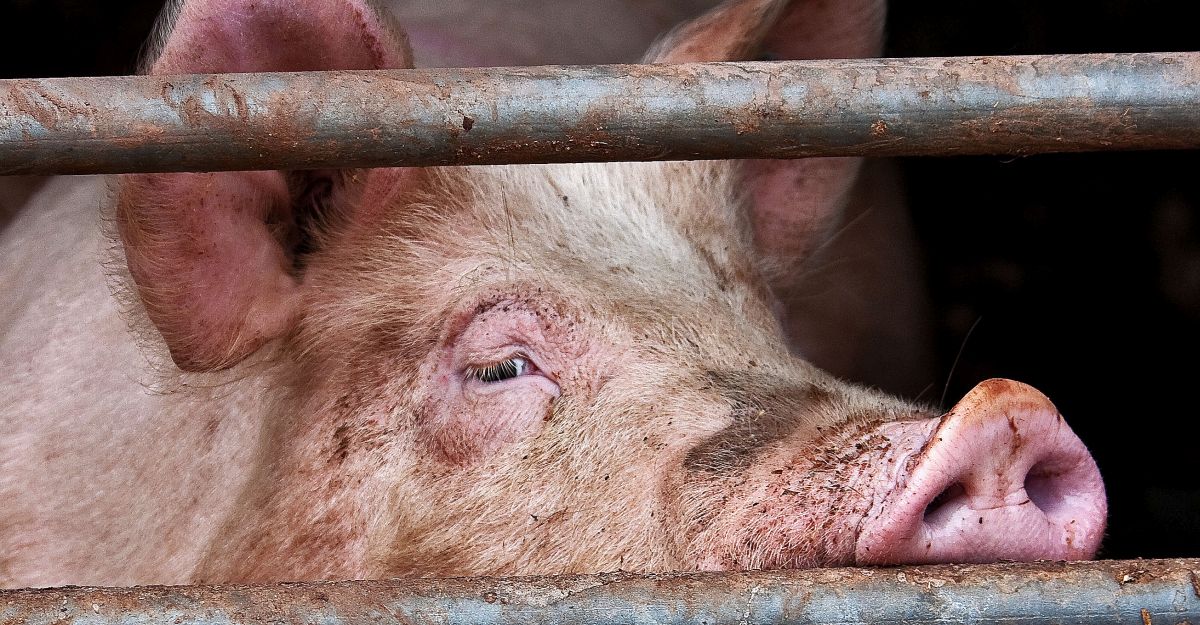At 0900 hours the enemy combatant was identified squatting, camouflaged, in the undergrowth. The target was photographed and captured without incident. He is believed to be a scout from the coming invasion party.
Perhaps that’s not quite how the first cane toad was reported near Noonbah Station, southwest of Longreach in Queensland last week, but it was there nonetheless. The amphibious peril is moving to the strategically important Cooper Creek, buoyed by swollen outback rivers. Cooper Creek may allow the force to reach Lake Eyre in South Australia.
Strategists are hoping they will not survive the harsh desert environment once the rivers dry up. Yet some scientists are worried that the ever-adaptable toad may endure until the next rains, and continue its toxic march.
The cane toad set sail from Hawaii in 1935 on invitation from the Bureau of Sugar Experiment Stations. The trip to Sydney was a draining two weeks, followed by two days on a train to North Queensland. They couldn’t be fed on the journey. A lesser beast would not have survived such hardship. The toads, however, displayed that true-blue Aussie Battler spirit that would place them in such good stead in their adopted home. The Bureau forged an allegiance with the toads before deploying them against the native cane beetle, which had, without provocation, attacked the non-native sugar cane plantations of Northern Queensland. The beetle was threatening the livelihood of hardworking Australians and needed to be eradicated.
The Bureau’s experiment largely failed: in part because the cane fields provided insufficient shelter for the toads during the day. There was also plenty of other nourishment to be found.
After being unleashed they hopped along at a pace of around six kilometres a year. Now it is estimated they roll through new terrain at fifty kilometres per annum. An inexorable army of over two hundred million toads occupies around one million square kilometres of Australian territory. And they don’t look like stopping there.
Small pockets of resistance have sprung up around the country. Usually on the toad frontier local enthusiasts have formed pseudo-militias to halt the toads’ charge. Squads wielding 4 irons engage in swinging expeditions. Upstanding citizens swerve all over the road to pancake the optimum number of toads with a satisfying pop! The enthusiasm of these toad terminators sometimes outstrips their knowledge and native frogs end up suffering from friendly fire. It can be difficult to tell the difference between cane toad and endangered frog.
The attractive pair above happen to be native frogs.
Fighting on the front lines is thought not even to slow them down. Even if the Toad Busters wipe out 2207 in one night, it’s nigh impossible to catch ‘em all. Those few remaining toads can produce thirty thousand eggs in a single clutch. They breed like rabbits. Or maybe rabbits breed like toads. In any case the brutes can move a kilometre a night when it’s wet, so the escapees could be a kilometre away the next day, ready to procreate like there’s no tomorrow (which when you’re a cane toad is all too likely).
Perhaps I’m being the whiny vegan that I am but the joy taken in the destruction of these poor ugly bastards seems perverse. Killing them is a sport: the all-Australian past times of toad golf and cricket, to be precise. They are not executed for food, though they can be eaten, or materials, though their skin can be made into leather and charming novelty purses.
It’s not like they’re illegal aliens trespassing on our land, to borrow some racist rhetoric. They were shipped over by the government to serve Australian agricultural interests. Now we are dealing with the problem we created the only way we know how.
Of course there is no denying the damage these pesky critters do. The toads have no natural predators in Australia so various predators used to eating other frog-like animals experiment on eating the toads. In a kamikaze-style situation they excrete poison when attacked. This results in goannas, snakes and quolls sometimes found dead with a mouth full of toad.
This upsets the balance of the ecosystem with predators under threat from the toads’ arrival and a corresponding explosion in the numbers of their prey.
Including, of course, the toads themselves. This initial impact tends to reverse as native animals learn to adapt to the toads presence, either by not eating them or finding creative ways to kill them. No Australian species is known to have gone extinct due to toads.
More organised approaches to toad control include research into creating an all male population. An idea that could very well have been plucked from the science fiction canon, just to see if it is indeed possible. Genetically modified female toads would only give birth to males. These sex-reversed toads would then be released into the wild so that eventually the population would become all male.
The cane toad has not sat idly by during our schemes and machinations. The toads all along the western front have evolved about ten percent longer legs allowing them to travel further faster. Toad 2.0 proves Darwin right in the worst possible way.
As I was reading a recent Overland blog post on the subject of contemporary metaphors, I realised how very much the cane toad invasion fit that mould, and not just because of the pervasive military tone used when they’re discussed. The toads are a devastating colonisation machine, moving overland at frightening speed, with utter disregard for the native environment. They claim new land as their own by strength of numbers or strength alone, at the great expense of the original inhabitants. The toad’s success is the local’s loss. These are colonising qualities almost on par with those who introduced the toads in the first place. We have managed the Frankenstein we created with cane toad colonisation better than we have dealt with the problem of our own colonisation. And that is a terrible thing to say.








